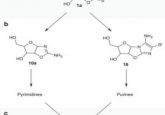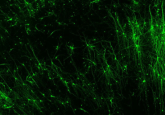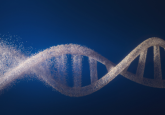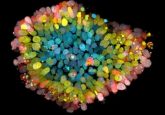Vindication for a misunderstood polymerase
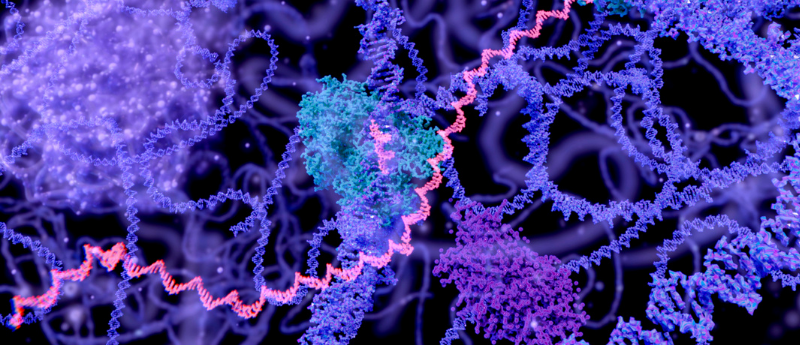
In the latest shake-up for scientific dogma, research has demonstrated that eukaryotic cells can convert RNA sequences back into DNA, through a misunderstood, ‘error-prone’ polymerase.
Historically, polymerases in mammalian cells have been thought to be one-directional, converting DNA into DNA or RNA. This one-way system prevents any rewriting of the ‘master recipe’ of DNA; however, new research from Richard Pomerantz and colleagues at Thomas Jefferson University (PA, USA) has provided evidence that one of our polymerases can work the other way, and with high efficiency.
If the results hold true, they could have wide-ranging implications for the life sciences, including in fields such as cancer therapy.
Pomerantz and the team noted the finding while investigating a particularly unusual polymerase, polymerase theta. Theta is one of 14 DNA polymerases present in mammalian cells. However, the job of duplicating the genome ready for cell division is held primarily by only three; the remaining 11 are primarily involved in detecting and repairing DNA breaks and errors.
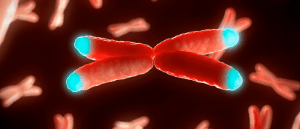 Telomeres vs R-loops in the battleground of cancer
Telomeres vs R-loops in the battleground of cancer
ADAR1 is present in two isoforms, ADAR1p150 and ADAR1p110. The p150 isoform is localized to the cytoplasm and has been previously established to play a role in RNA editing. The disruption of ADAR1p150 is associated with the disease mechanism of the autoimmune disorder Aicardi–Goutières syndrome and the development of resistance to immune checkpoint inhibitors in cancer cells.
Polymerase theta is one of those 11, but notably is quite error prone. Through experimentation Pomerantz and the team realized that polymerase theta’s negative qualities were similar to reverse transcriptases, which are common in viruses and can read RNA back into DNA.
Comparing polymerase theta with the particularly well-understood HIV reverse transcriptase, the team demonstrated that polymerase theta was just as effective as the transcriptase at reading RNA back into DNA, whilst showing an improved performance over the transcriptase when it came to duplicating DNA to DNA. Its RNA to DNA activity was less error prone and more efficient than its activities converting DNA to DNA, suggesting that is its primary purpose.
X-ray crystallography performed at the Xiaojiang Chen lab at the University of Southern California (CA, USA) demonstrated that, uniquely among the 14 polymerases, theta is capable of changing shape to accommodate the heftier bulk of RNA.
Theorizing on the existence of polymerase theta, Pomerantz noted: “In healthy cells, the purpose of this molecule may be toward RNA-mediated DNA repair. In unhealthy cells, such as cancer cells, polymerase theta is highly expressed and promotes cancer cell growth and drug resistance. It will be exciting to further understand how polymerase theta’s activity on RNA contributes to DNA repair and cancer-cell proliferation.”
